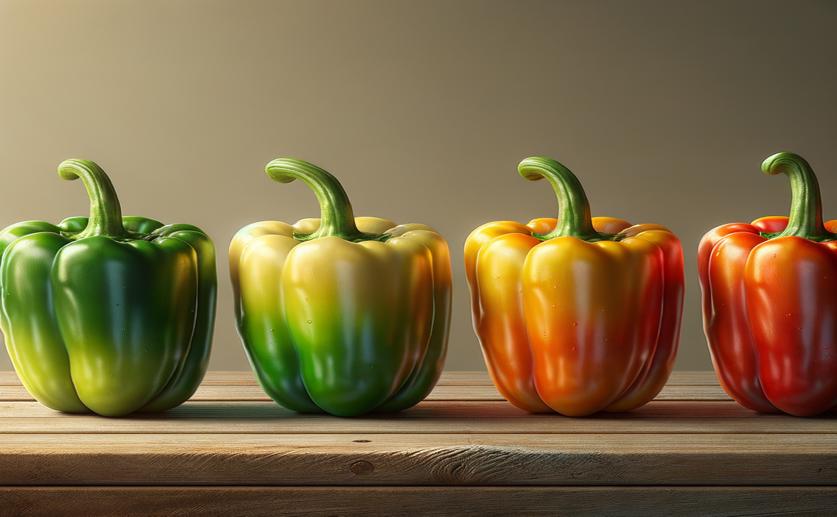
How Genetics Shape Bell Pepper Colors: A Study of Four Types
Jenn Hoskins
15th May, 2024

Image Source: Natural Science News, 2024
Key Findings
- Researchers at West Virginia State University studied the genetic mechanisms behind fruit color variation in four Capsicum species
- They identified key genes, including Cytochrome P450, MYB transcription factors, and pentatricopeptide repeat-containing proteins, that influence fruit color
- These findings provide valuable tools for crop breeding programs to align with consumer preferences and highlight conserved genetic pathways across different plant species
References
Main Study
1) Genetic tapestry of Capsicum fruit colors: a comparative analysis of four cultivated species.
Published 14th May, 2024
https://doi.org/10.1007/s00122-024-04635-8
Related Studies
2) Genetic diversity and structure in semiwild and domesticated chiles (Capsicum annuum; Solanaceae) from Mexico.
3) The strawberry FaMYB1 transcription factor suppresses anthocyanin and flavonol accumulation in transgenic tobacco.
Journal: The Plant journal : for cell and molecular biology, Issue: Vol 28, Issue 3, Nov 2001
4) EIN3-LIKE1, MYB1, and ETHYLENE RESPONSE FACTOR3 Act in a Regulatory Loop That Synergistically Modulates Ethylene Biosynthesis and Anthocyanin Accumulation.
5) Chlorophyll breakdown during pepper fruit ripening in the chlorophyll retainer mutation is impaired at the homolog of the senescence-inducible stay-green gene.



 24th January, 2024 | David Palenski
24th January, 2024 | David Palenski